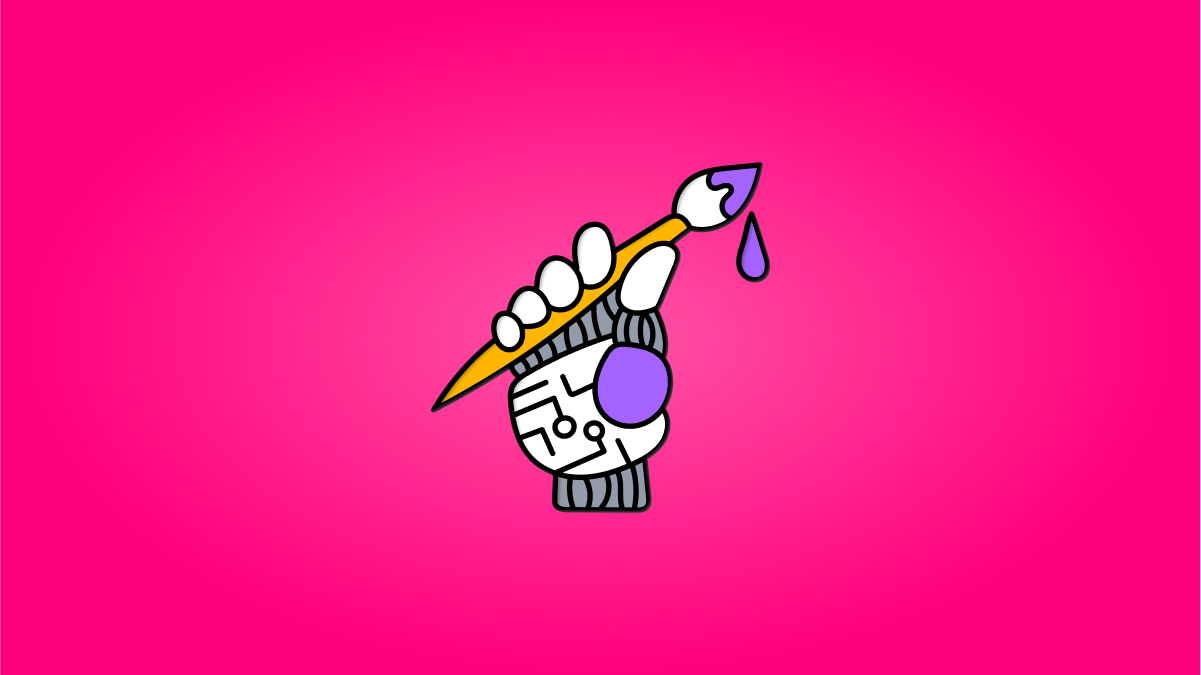Address
304 North Cardinal St.
Dorchester Center, MA 02124
Work Hours
Monday to Friday: 7AM - 7PM
Weekend: 10AM - 5PM

The field of User Interface (UI) design has come a long way in the past decade. With the advancement of technology, the way we interact with machines has changed significantly. UI designers play a critical role in creating user-friendly and visually appealing interfaces. However, the rise of Artificial Intelligence (AI in ui/ux) has opened up a whole new world of possibilities for UI design. In this article, we will explore how AI is changing the UI design industry and what the future holds for designers.
Imagine a world where designing user interfaces takes minutes instead of hours, and where the interfaces adapt to users’ needs in real-time. This is not science fiction; it’s the future of UI design, made possible by AI.
UI design is the process of creating interfaces that enable users to interact with machines. It encompasses the visual and interactive elements of software, websites, and apps. The primary goal of UI design is to create interfaces that are intuitive, easy to use, and visually appealing. The field of UI design has evolved rapidly in the past decade, with the rise of mobile devices and the need for responsive design. However, traditional UI design still relies on human designers to create the interface. This process can be time-consuming and expensive, and the result may not always meet users’ needs.
AI in ui/ux is transforming the UI design industry by automating the design process, creating more personalized interfaces, and improving user experience. In this article, we will explore the impact of AI on UI design and its future implications.
AI in ui/ux is changing the way UI designers work by automating some of the design processes. With AI-powered tools, designers can create interfaces in a fraction of the time it would take manually. AI algorithms can analyze user data, such as behavior patterns, preferences, and demographics, to create personalized designs that meet users’ needs. Furthermore, AI-powered design tools can generate multiple design options and variations, which allows designers to experiment and choose the best design for their needs.
AI-powered design tools can analyze user data to create personalized designs that meet users’ needs. For example, an AI algorithm can analyze user behavior patterns to determine which design elements users find most engaging.
AI can generate multiple design options and variations, which allows designers to experiment and choose the best design for their needs. This saves time and resources, as designers do not need to create each variation manually.
AI in ui/ux can analyze design trends and user feedback to create new designs that meet current market demands. For example, an AI algorithm can analyze social media data to determine which design elements are trending.
AI can create personalized interfaces that adapt to users’ needs in real-time. This level of personalization improves user experience and increases user engagement. AI algorithms can analyze user data, such as preferences and behavior patterns, to create interfaces that are tailored to each user’s needs.
AI algorithms can analyze user data to determine which design elements are most engaging for each user. For example, an AI algorithm can analyze a user’s behavior patterns to determine which interface elements they interact with most.
AI can create interfaces that adapt to users’ needs in real-time. For example, an AI-powered chatbot can analyze user input and adapt its responses to match each user’s needs.
AI can create interfaces that change based on user feedback. For example, an AI-powered app can analyze user feedback and adjust its interface accordingly.
AI is revolutionizing the UI design industry by improving user experience. With AI-powered tools, designers can create interfaces that are more user-friendly, visually appealing, and accessible. AI in ui/ux algorithms can analyze user data to determine which design elements are most engaging, and can optimize the interface for each user’s needs.
AI can analyze user data to determine which design elements are most engaging, and optimize the interface accordingly. For example, an AI algorithm can analyze user behavior patterns to determine which interface elements are most frequently used.
AI can improve accessibility for users with disabilities by creating interfaces that meet their specific needs. For example, an AI-powered tool can analyze the needs of visually impaired users and create interfaces with larger font sizes and high contrast colors.
AI can provide real-time assistance to users, improving their overall experience. For example, an AI-powered chatbot can provide instant support to users, answering their questions and helping them navigate the interface.
The UI design industry is undergoing a transformation, thanks to the rise of AI. AI-powered tools are changing the way UI designers work, by automating the design process, creating more personalized interfaces, and improving user experience. The future of UI design is exciting, with the potential for interfaces that are more intuitive, visually appealing, and accessible than ever before.
In this article, we explored how AI is changing the UI design industry. We discussed how AI is automating the design process, creating personalized interfaces, and improving user experience. AI-powered tools are transforming the way UI designers work, creating new possibilities for user interfaces that are more engaging, accessible, and user-friendly.
The future of UI design is bright, with AI-powered tools offering the potential for faster, more personalized, and more intuitive interfaces. As AI continues to evolve, it will be interesting to see how designers and developers leverage its capabilities to create interfaces that meet users’ needs in new and innovative ways.